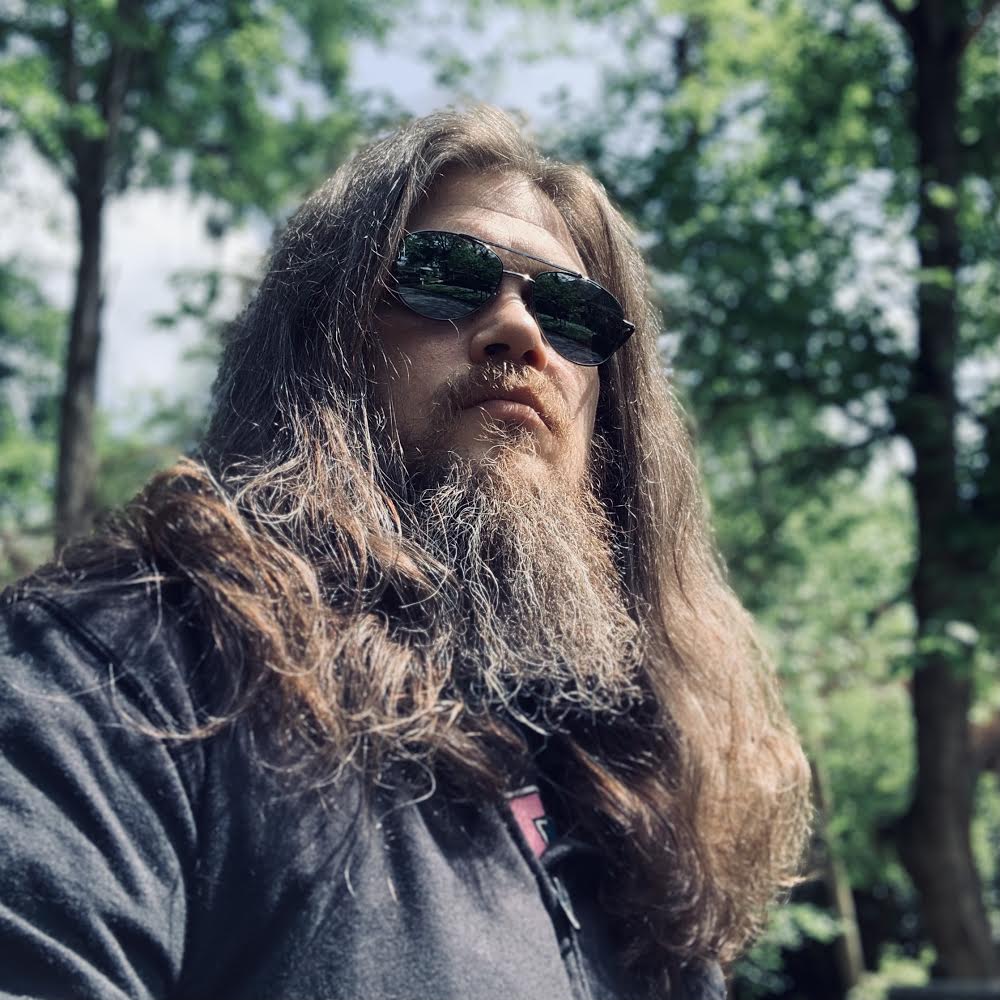Meet Morpheus, the Lord of Dreams, star of Netflix's The Sandman
Get to know Morpheus, the hero of Neil Gaiman's Sandman, before the Netflix show
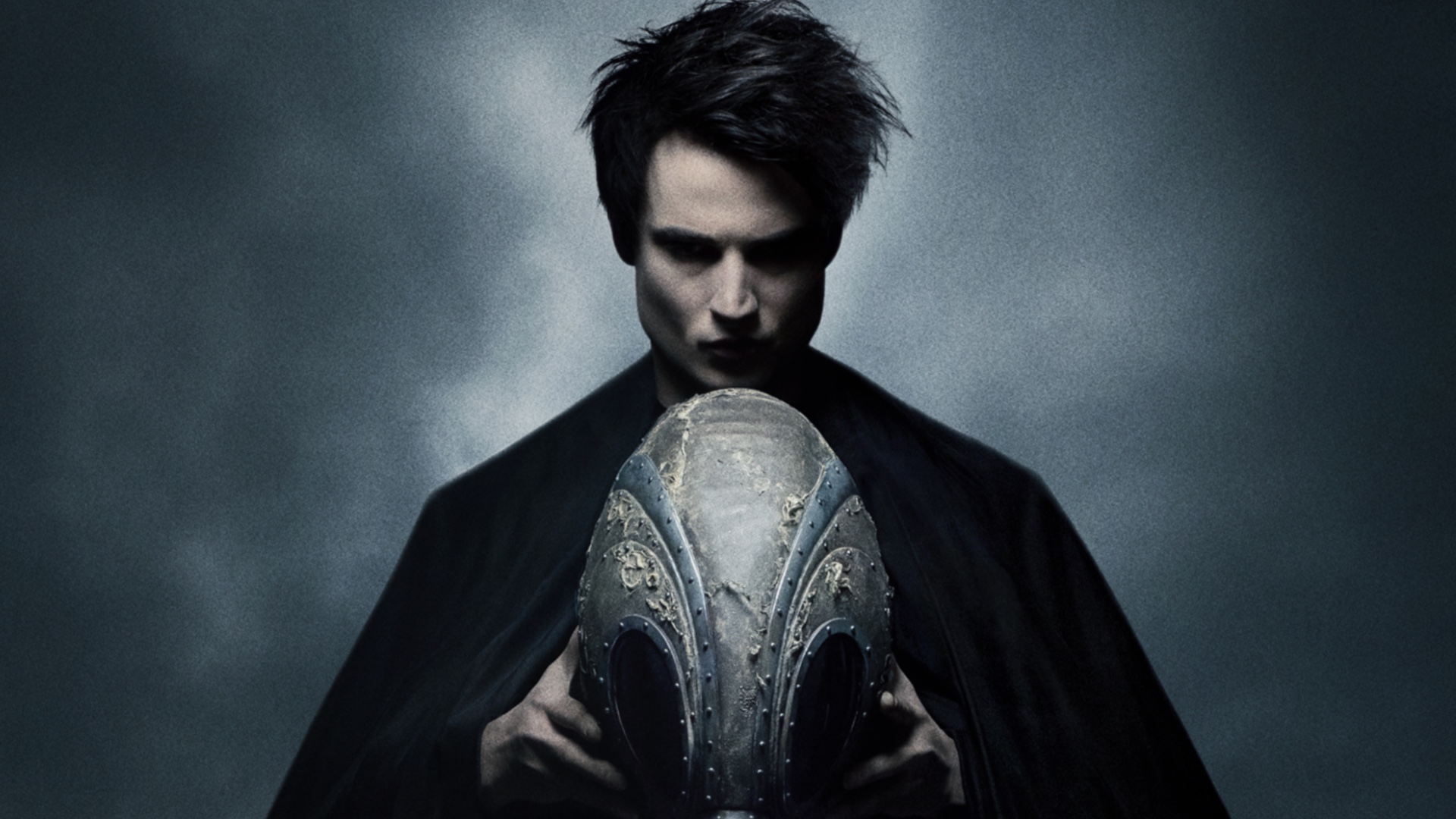
Netflix's Sandman streaming series, based on Neil Gaiman's beloved Sandman comic book, premieres August 5, with the whole season dropping all at once - so you won't have to wait to unpack all its mysteries. But what about the deeper mysteries at the heart of the Sandman mythos?
Sandman has remained a cult favorite comic among fans whose tastes take them deeper than mainstream superhero comics, telling a long-form story full of complex, mature themes and a mythology all its own, but with enough connection to the core DC Universe to help readers who are starting to expand their horizons find some touchstones in the tale of Morpheus or Dream, the names most commonly used by the titular cosmic being known colloquially as 'The Sandman.'
So who is Morpheus, and what are his larger connections to the DC Universe (which may or may not factor into Netflix's The Sandman)?
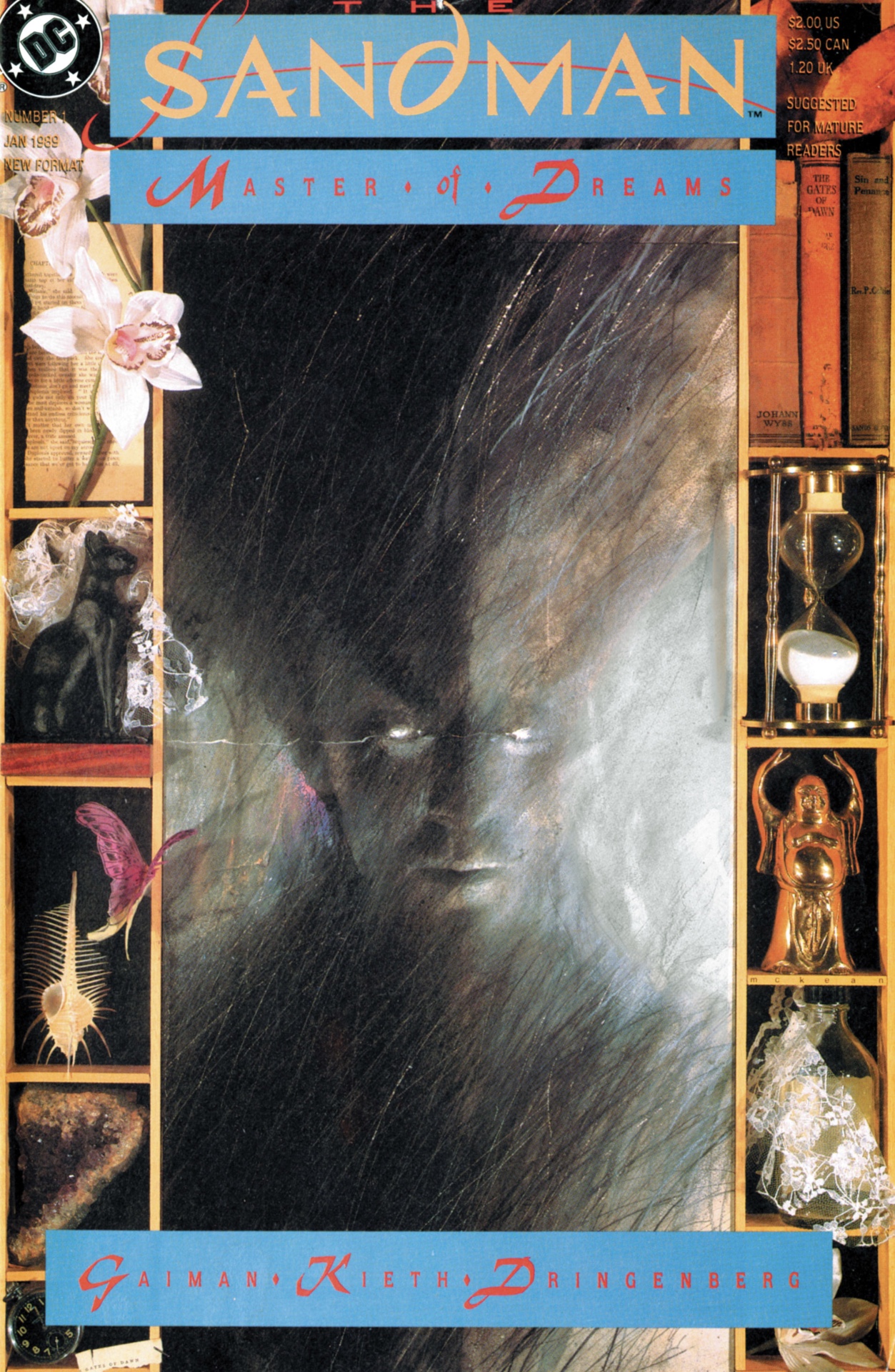
Oddly enough, Morpheus is technically a legacy character, taking his name and some loose inspiration from the Golden Age Sandman, Wesley Dodds. But what's even weirder is that Morpheus wasn't actually meant to be the original star of Gaiman's Sandman - that was going to be Jack Kirby's bizarre '70s iteration of the Sandman.
We're just scratching the surface of the esoteric, eccentric, and enlightening nature of The Sandman and its many mysteries, most of which revolve around and spiral out from Morpheus and his own handcrafted narrative.
It's that depth and philosophical underpinning that may make diving into Gaiman's Sandman seem like a daunting task, especially with its dense internal mythology and many spin-offs and sequels. But understanding Morpheus himself, and getting to the heart of his family, the Endless, and their place in the DC Universe is a little less complicated than it seems - if you're willing to get a bit metaphysical and a lot literary.
Fortunately, we're more than willing to do both right now, digging into the life and legacy of Morpheus, AKA the Sandman, AKA Dream of the Endless, and unpacking the implications of his first adventure.
Comic deals, prizes and latest news
Get the best comic news, insights, opinions, analysis and more!
Who is the Sandman?
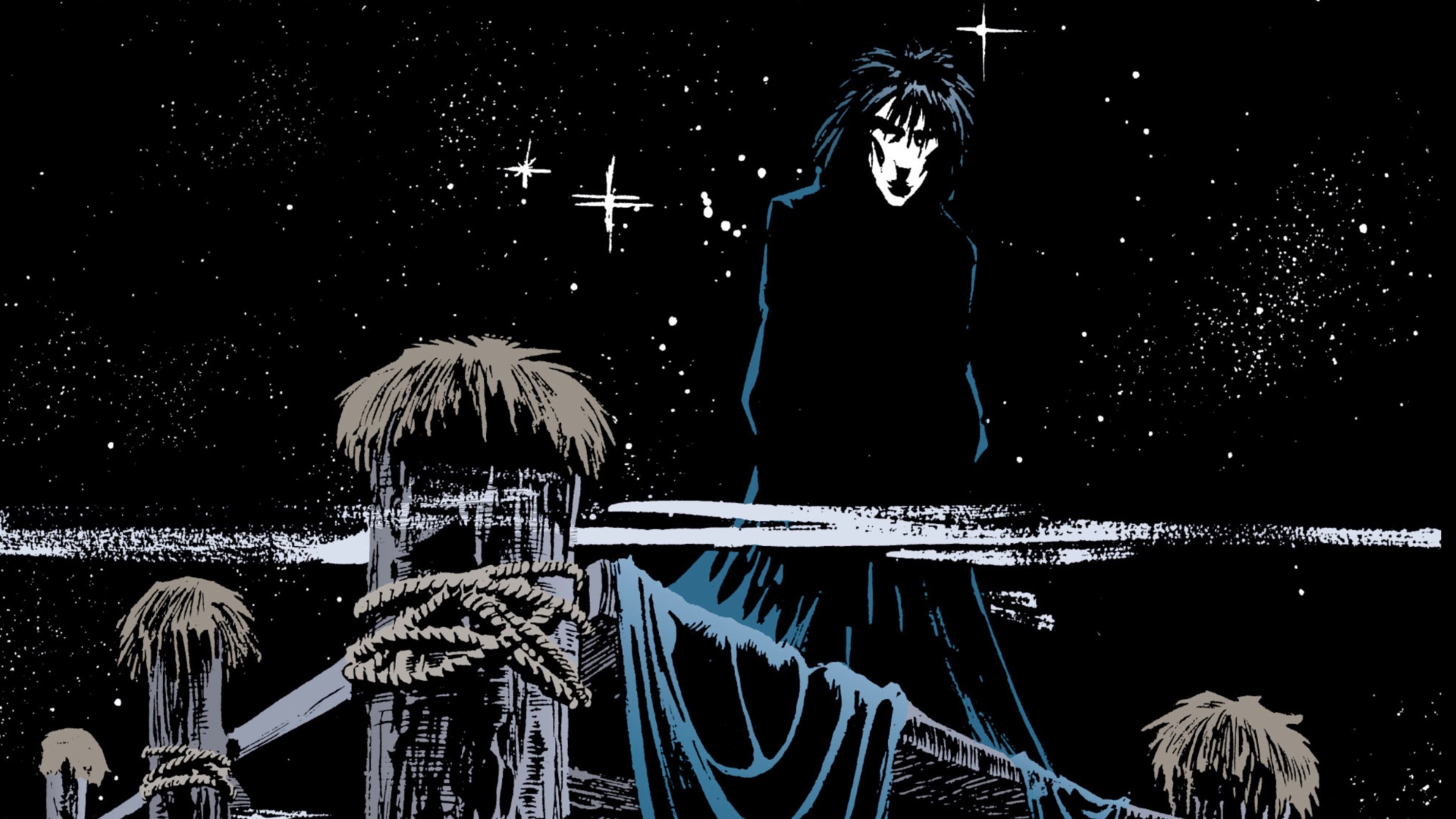
Morpheus' story begins, well, at the beginning. As cheeky as that sounds, we're being semi-literal. As Dream of the Endless - metaphysical avatars of some of the concepts that guide the human experience - Morpheus is essentially the living embodiment of dreams and sleep and has existed since sentient beings began dreaming and experiencing imagination, though not always in the same form.
In fact, despite appearances, the Endless, Dream included, are actually formless, nonphysical entities who appear differently to different people and cultures (Dream himself has appeared as multiple types of humans beyond his typical goth look, has manifested as a cat, and even appeared to J'Onn J'Onzz as a Martian deity, among his other forms).
Unlike his birth from the aether of imagination, Morpheus/Dream's real-world origins are a little less formless - though, now that we mention it, the character was more or less birthed from the aether of the imaginations of writer Neil Gaiman and artists Sam Keith and Mike Dringenberg.
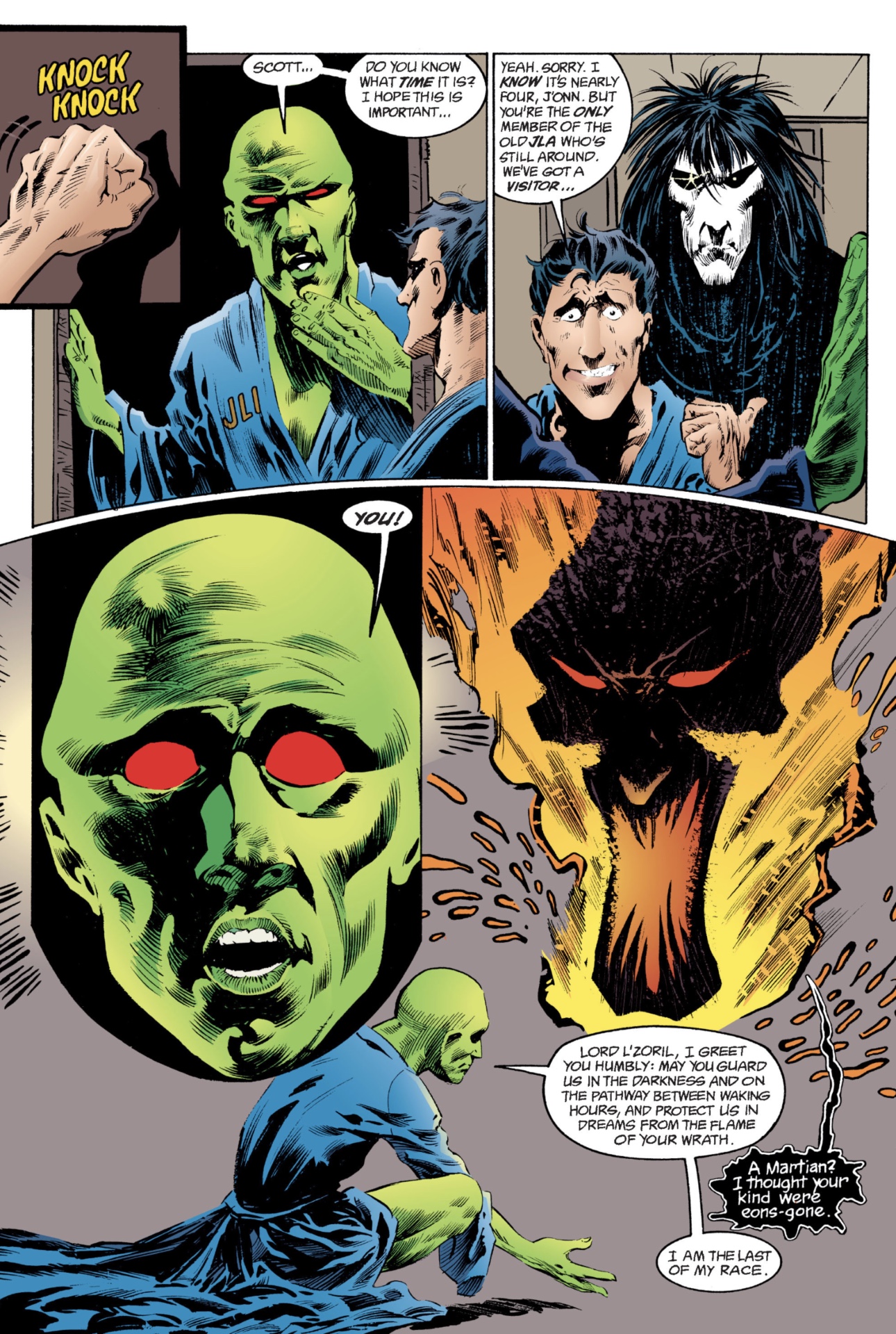
Gaiman initially pitched DC a series about a different Sandman - Garrett Sanford, the second Sandman, who was created by Jack Kirby in the '70s.
This version of the Sandman was actually meant to be the human form of the folkloric Sandman (who is said to bring sleep and dreams to people by sprinkling sand in their eyes, hence why you may sometimes wake up with 'sleepy sand' in the corners of your eyes). In that way, the Garrett Sanford version of Sandman did directly influence Gaiman's creation, who is himself a mythical being.
DC approved Gaiman's idea for a Sandman title - but with a stipulation. He had to create a whole new version of the character. Gaiman took the mythical nature of Kirby's Sandman, and the dark, pulpy feel of the original Golden Age Sandman of the Justice Society of America, and filtered them through his own '80s goth sensibilities to come up with the dour, enigmatic Morpheus.
Artist Sam Keith offered up the initial design for the character, drawing on Gaiman's own all-black wardrobe and even his likeness, along with inspiration from goth icons of the day such as Peter Murphy of Bauhaus and Robert Smith of the Cure.
Capping off the design, which was based around the stark contrast between Morpheus' dark, flowing robes and porcelain pale skin, is Morpheus' iconic Dream helm, crafted from the skull and spinal column of a nameless, long-dead god who dared challenge him in eons past.
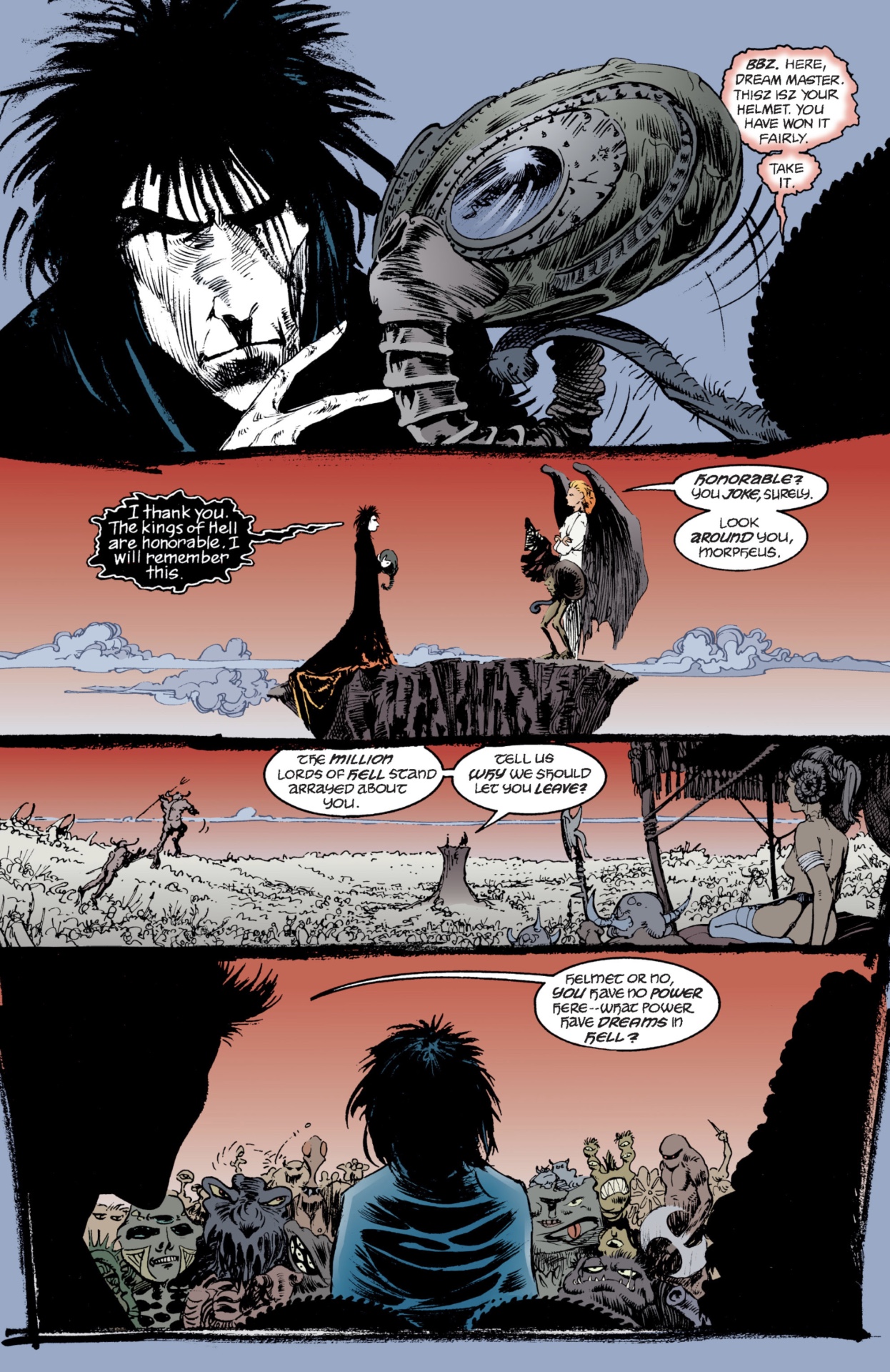
Along with being his trophy, the helm is actually Morpheus' 'sigil' - his connection to the other Endless, all of whom bear artifacts and objects connected to their specific identities.
As for who the other Endless are, there's Desire, Despair, Destruction, Destiny (brought in from previous DC lore, he's the only Endless to predate Gaiman's Sandman), Delirium (who was once known as Delight before a great tragedy befell her), and finally Death, easily the most well-known and popular of the Endless besides Dream himself.
By the way - you may notice we're switching between calling the character 'Dream' and 'Morpheus'. The other Endless mostly call him Dream, but 'Morpheus', as in the Greek god of dreams, is one of Dream's favorite guises among mortals and is a name he uses in numerous contexts.
And, as it turns out, 'Dream' is really more of a title than a name. But we'll come back to that.
With all of that in place for Gaiman's Sandman, the story of stories was ready to be told.
The death of Dream
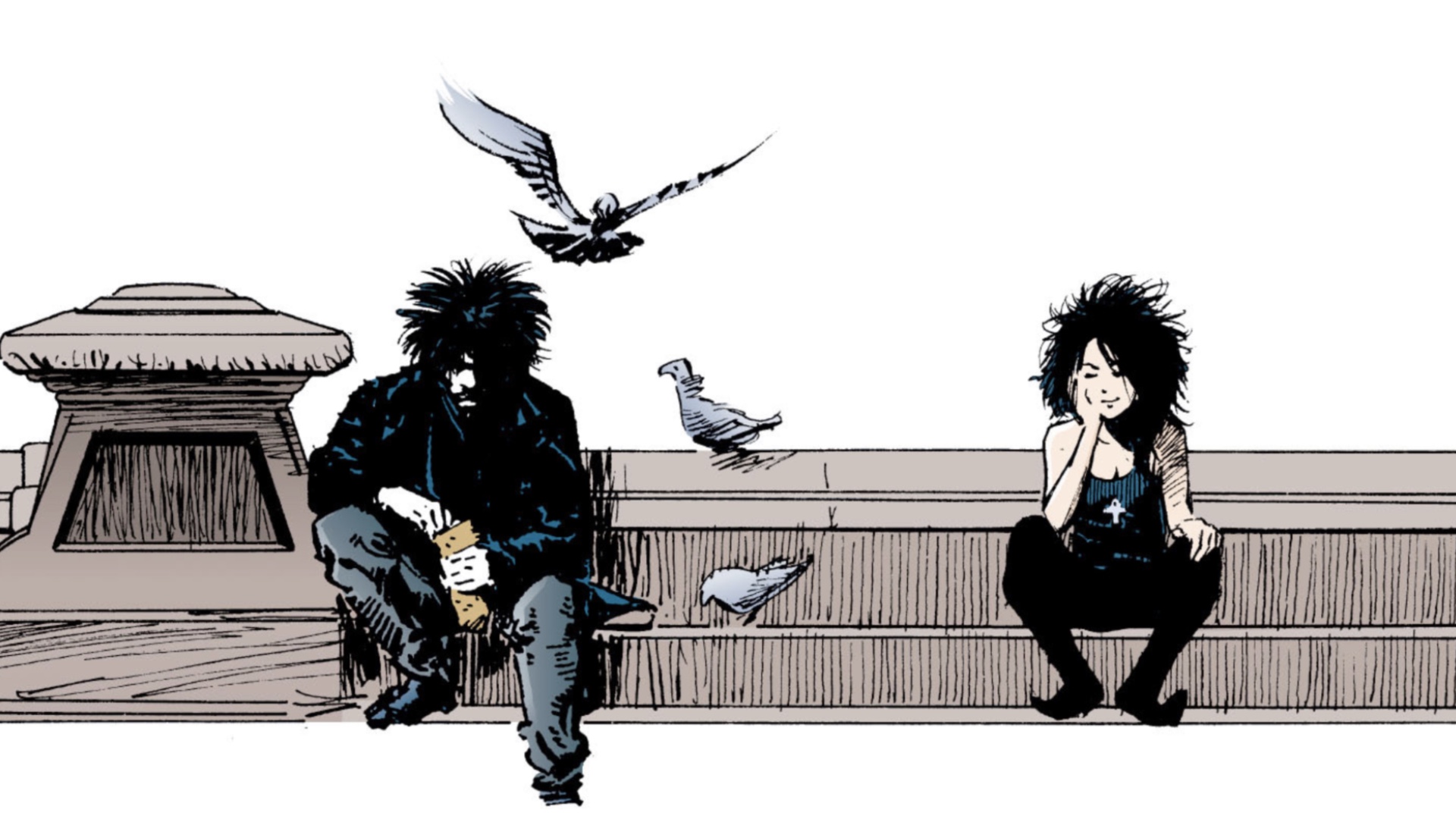
The full life story and narrative of Dream of the Endless is far too winding and wondrous to boil down to a simple summary. Stretching across all of human history (and beyond) it encompasses dozens of characters, story arcs, and layers of storied metaphor that are hard to convey in bite-size bits.
That said, the main arc of Morpheus himself moves as a subplot through the entire title, weaving its major beats through every arc - and it all kicks off in the series' opening tale, The Sandman: Preludes and Nocturnes, which forms the basis of the first season of the upcoming Netflix show.
In Preludes and Nocturnes, a wizard named Roderick Burgess (played by Charles Dance in the Netflix show) summons and imprisons Dream, keeping him locked away for decades. This plays havoc with mankind, as most people lose the ability to dream - if not sleep at all - until Morpheus escapes captivity.
Returning to his home realm of the Dreaming, an expansive, imaginative landscape of unending fantasy environments, Morpheus discovers his domain has fallen into disrepair and sets about to recover three magical artifacts that were stolen from him while he was imprisoned - including his helm.
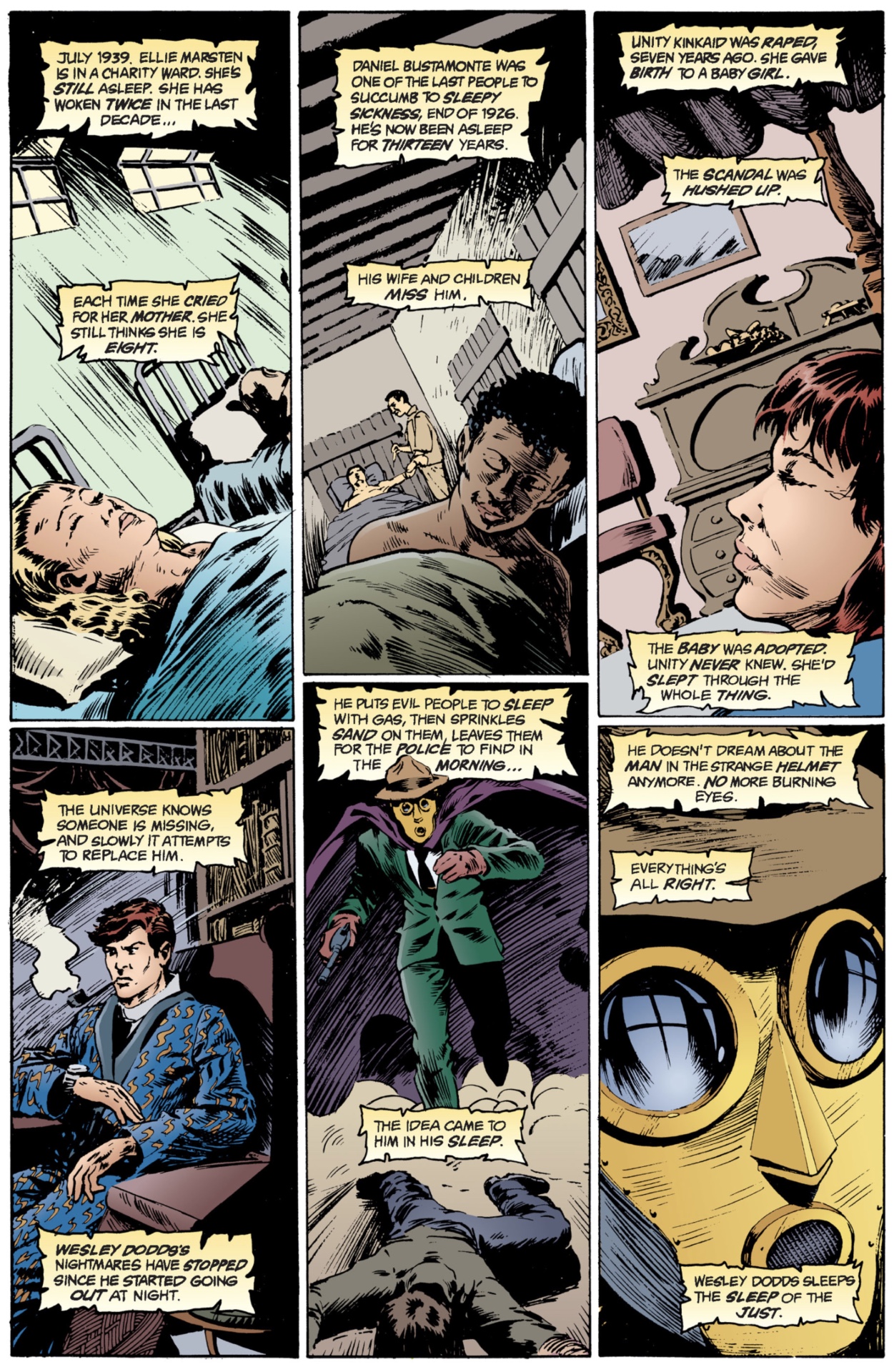
First Morpheus seeks out his pouch of magical sleeping sand, retrieving it from the ex-girlfriend of none other than John Constantine.
He then travels into Hell itself to win back his helm from Lucifer (the same character adapted into the Netflix show, where he's played by Tom Ellis), beating the arch-demon in "the oldest game," a battle of wits and one-upmanship.
Finally, Dream must retrieve his magical dream stone, the Materioptikon, from semi-obscure Justice League villain John Dee/Doctor Destiny, who has become warped by its reality-altering powers. Smashing the magical ruby in an attempt to harm Dream, Dee instead releases its power, allowing Morpheus to regain his full strength.
(Learn more about The Sandman: Preludes and Nocturnes - and why it's essential reading - right here.)
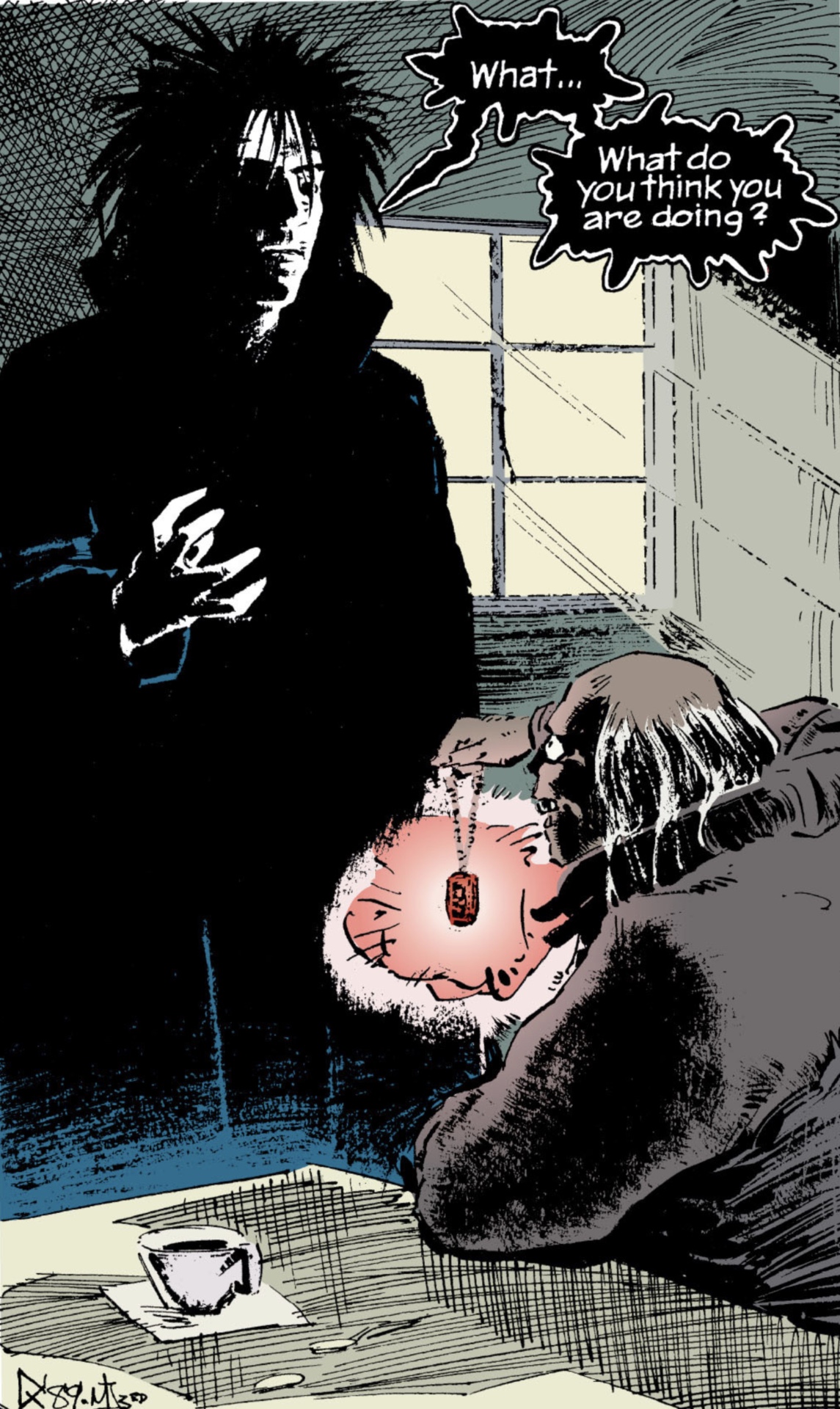
From there, the self-styled narrative of Morpheus' final days - all crafted step-by-step through his own complicated machinations - plays out over the course of The Sandman.
Snapping back and forth through different eras (and even different realities), The Sandman paints a picture of Morpheus as a selfish, somewhat arrogant adventurer whose pleasure with his own cleverness has faded over time.
This leads to an emotional crisis following his imprisonment in which Morpheus decides to pass the mantle of Dream down to a new bearer - in this case, Daniel, the infant son of two former DC heroes, Lyta and Hector Hall.
With Daniel ascending to become the new embodiment of Dream, Morpheus passes into oblivion, with beings from all corners of reality mourning his death (whatever death means to someone whose sister is, well, literally Death herself).
Sandman in the DC Universe
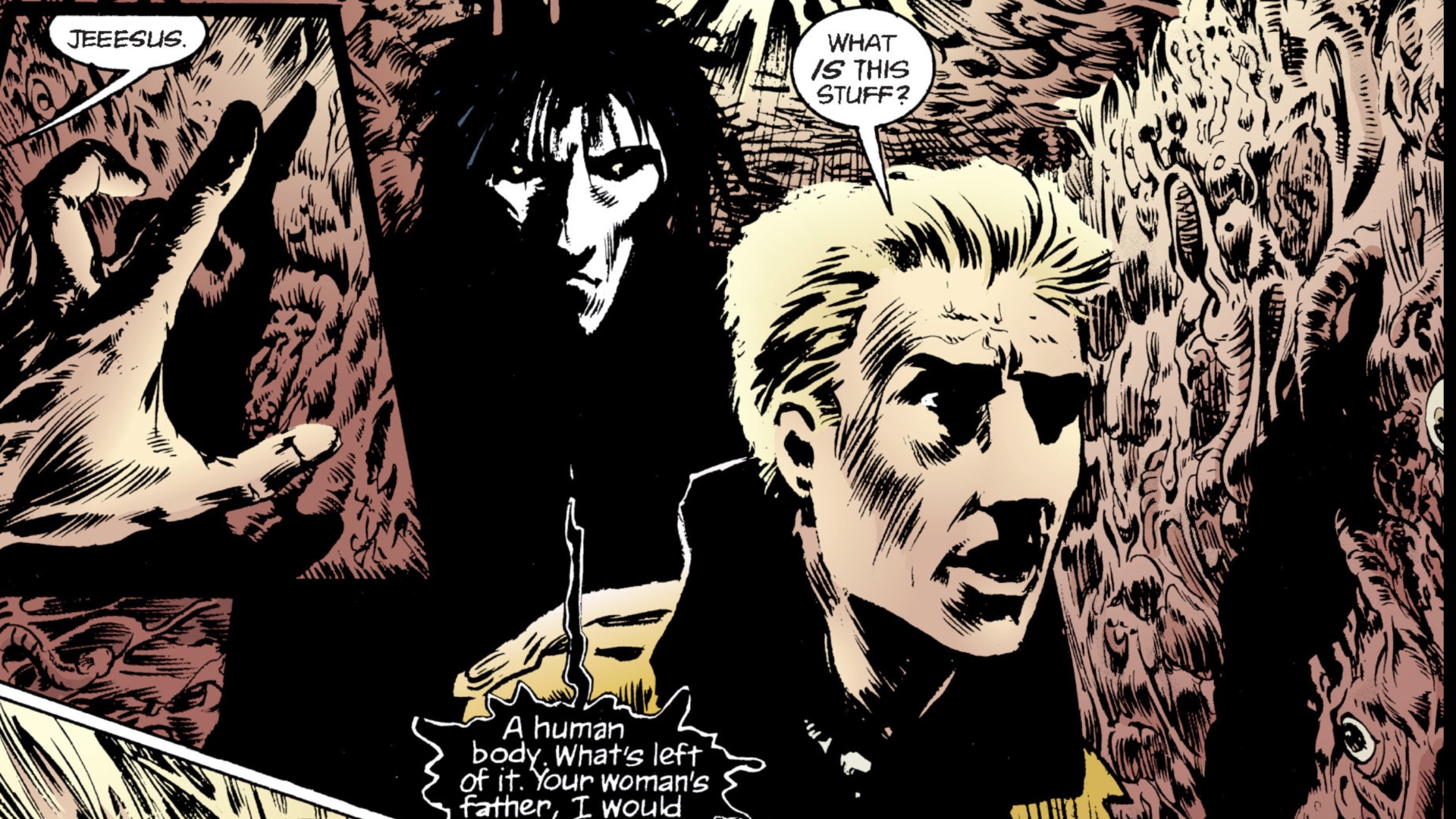
When The Sandman launched, it took place squarely in the DC Universe, with cameos from the Justice League, Etrigan the Demon, Swamp Thing, John Constantine, and many more DC characters (like the aforementioned Doctor Destiny).
This eventually included Kirby's Sandman Garret Sanford, and the Golden Age Sandman Wesley Dodds (who was later given his own Sandman adjacent title, Sandman Mystery Theater, with the titles establishing odd connections between Dodds and Morpheus).
And of course, there were Lyta and Hector Hall, formerly known as Fury and Silver Scarab of Infinity, Inc., the parents of the infant Daniel Hall, who would become Morpheus' successor as Dream.
Not long after The Sandman's 1989 debut, DC moved several of its more mature-oriented titles, including Sandman, Hellblazer, and Swamp Thing under its new Vertigo imprint, a line designed to showcase stories, characters, and content that wouldn't fly in the mainstream DC Universe.
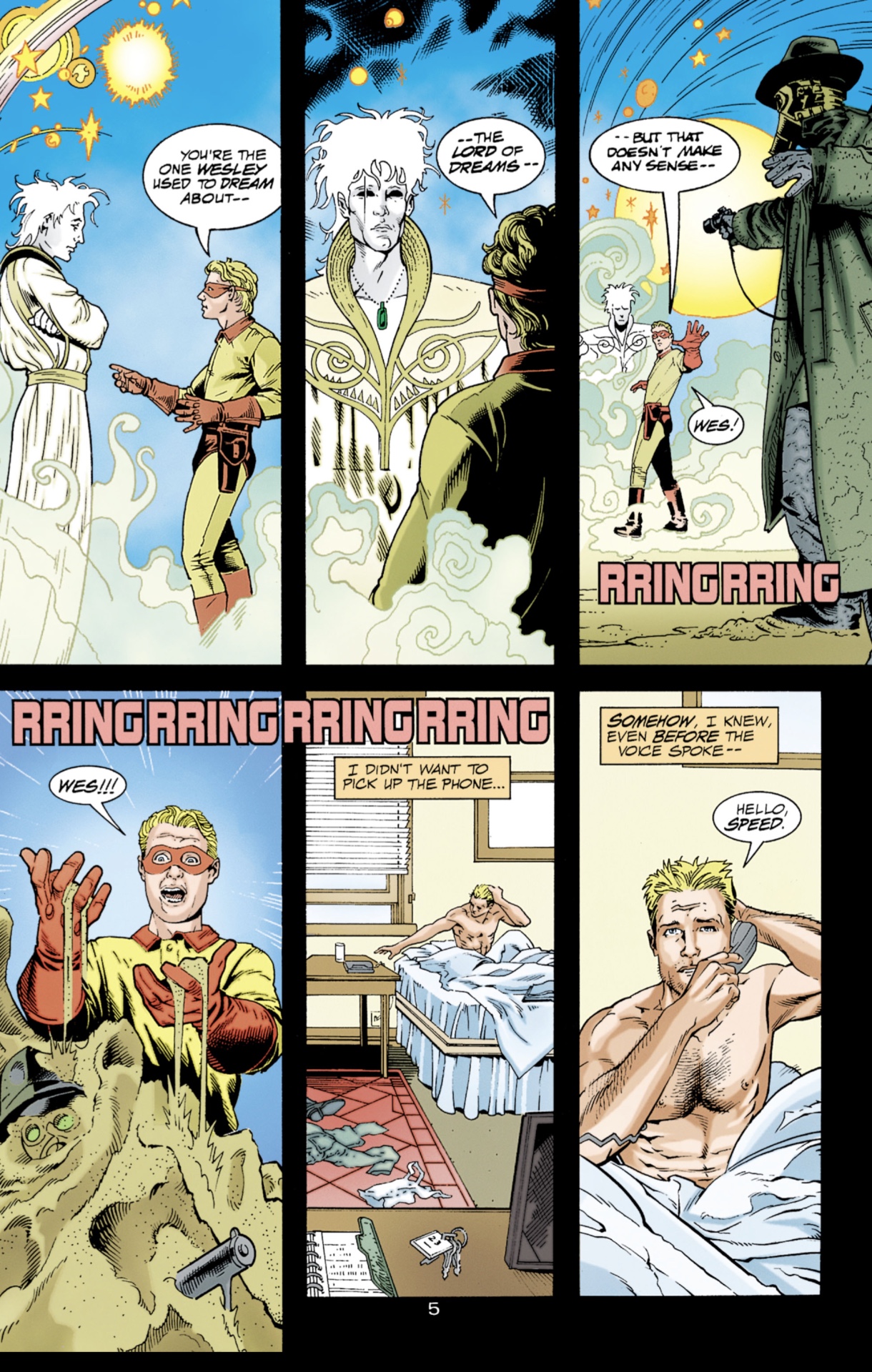
This allowed The Sandman to incorporate more mature, darker storytelling in its issues, but also largely separated the title from DC continuity - though there would be some crossover, especially after Sandman concluded with 1996's #75.
In the years following Sandman's conclusion, the characters would occasionally appear for a revival one-shot or limited series, with Death receiving several spin-offs of her own. But for the most part, they remained dormant - that is until 1998's JLA #22, and its follow-up in the 1999 relaunch of JSA, both of which brought Daniel into the DC Universe proper.
The revived JSA title brought together a new version of the Justice Society with a roster of both classic and rookie members, who formed in the wake of the funeral of Wesley Dodds. In a bold move for the time, Daniel/Dream himself appeared in a dream sequence in the issue in which Sand Hawkins, Dodd's former sidekick, dreamt of his mentor's death.
Over the course of the run, Hector Hall became one of the lead characters of the title, culminating in a later cameo from Daniel/Dream in which he reunited with his parents, Hector and Lyta.
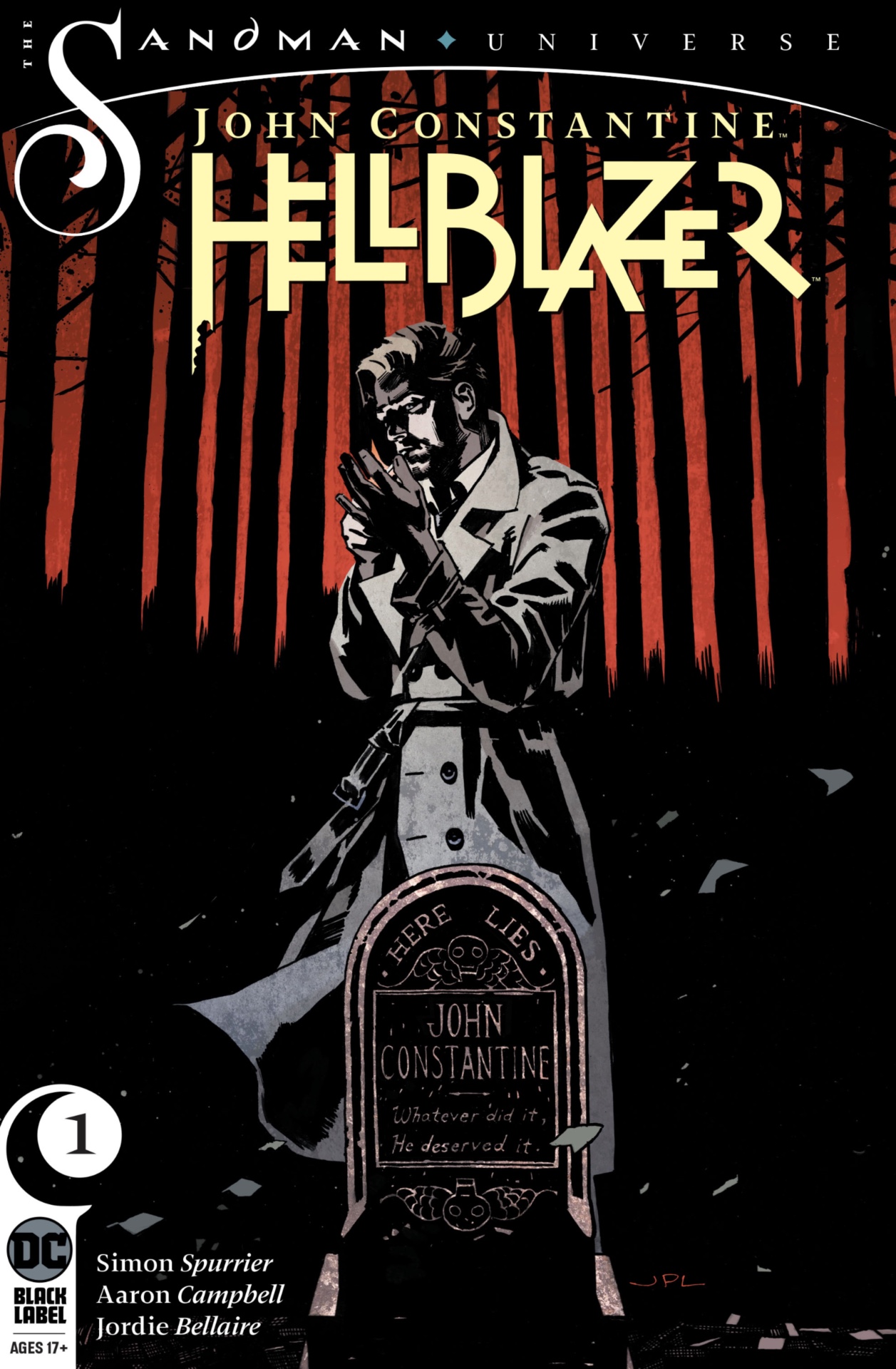
Since then, the Endless have once again remained largely separate from the DC Universe - although in 2010's Action Comics #894, Lex Luthor had an encounter with Death herself while he was on a cosmic quest to master power over life and death.
DC celebrated Sandman's 25th anniversary in 2013 with the launch of the Sandman: Overture limited series, which brought Gaiman back to Sandman for the first time in years.
Most recently, for the title's 30th anniversary in 2018, DC launched Sandman Universe, a line of Sandman-related titles overseen by Gaiman and which feature characters and concepts from The Sandman.
Past and present Sandman Universe titles include The Dreaming, House of Whispers, Lucifer, Books of Magic, John Constantine: Hellblazer, Locke & Key/Sandman: Hell and Gone (which crosses over with the IDW comic book which was also recently adapted to Netflix), and the current Sandman Universe: Nightmare Country.
As for whether Netflix's Sandman will connect to the DC Universe on film or TV, we're going to guess that it won't, given the insular nature of the story and the fact that it's on Netflix rather than in theaters or on HBO Max, where other DC shows are scheduled to air.
But you never know - anything can happen, in a dream.
The Sandman and its legacy have had a profound impact on the nature and direction of modern comic book storytelling.
I've been Newsarama's resident Marvel Comics expert and general comic book historian since 2011. I've also been the on-site reporter at most major comic conventions such as Comic-Con International: San Diego, New York Comic Con, and C2E2. Outside of comic journalism, I am the artist of many weird pictures, and the guitarist of many heavy riffs. (They/Them)
